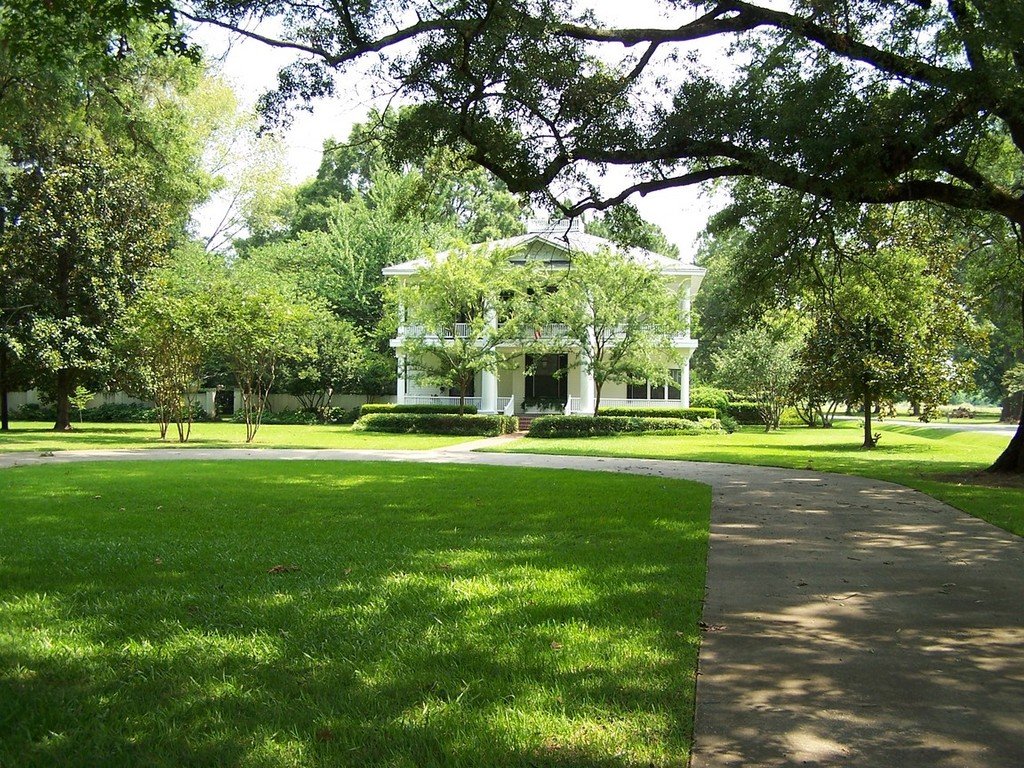 Attention frustrated home shoppers, there's a Blue Light Special on rural homes.
Attention frustrated home shoppers, there's a Blue Light Special on rural homes.Hold on now. Don't get your knickers in a knot about turnip farming or slopping pigs.
This isn't about free-range chickens or husking corn.
Down-to-earth lending practices and isolation from big-city real estate cycles puts rural housing on the top shelf with bottom-shelf prices.
Sure, the commute to work could be a real trip, but what about that dream to work at home, say, where the buffalo roam?
That's what I'm talkin' about.
If you've been unable to buy a metropolitan area home, take a good look at rural America, far from the din of city life, but a lot closer to the money to finance it.
Homebuyers who purchased homes underwritten by the USDA Rural Development Housing and Community Facilities Programs are doing far better these days than the rest of the uppity nation when it comes to keeping a roof over head.
And that market condition is freeing up more home loan money for houses in bucolic settings.
Country somethings
Country somethings
The USDA program this year posted the lowest foreclosure rates in the past 40 years, an average of 3.53 percent, down from 3.93 percent five years ago, according to an Agri Pulse interview with Russ Davis, administrator of the USDA housing program.
Meanwhile, with millions of homeowners struggling with mortgages larger than the value of their homes, national foreclosure rates have skyrocketed, at times, nearly double what they were a year ago. Even with foreclosure rates leveling off, the year-over-year rate of increase nationwide remained up 25 percent in October, according to RealtyTrac.
A difference between the two markets is also reflected in the rate of homeownership. While the rate is about 67 percent in metropolitan areas, non metro areas enjoy homeownership rates averaging around 75 percent, higher in the South and Midwest, according to the Hoover Institution.
Rural homeownership is surviving because of sound lending practices and isolation -- both geographical and financial -- from the boom-bust city-slicker markets.
USDA makes loans directly from its service centers, working with 2,000 local banks and mortgage lenders to guarantee the value of the loan in case of default, enabling those institutions to sell the mortgages and not hold as much capital against each one.
To help prevent default, the loans mandate credit and homeownership counseling and, as a result, the end rate of foreclosures is actually smaller than reported. USDA loans come with built-in, pre-existing counseling and financial relief (you know, like that stuff that's had to be legislated for those urban cowboys) for homeowners facing financial difficulties, effectively removing many country homeowners from the foreclosure rolls.
Well, I'll be!
Underwriting also recognizes unique rural America characteristics -- seasonal work, shift work, changing income and migration patterns -- thanks to long-term market evaluation efforts. The out-migration that has occurred since WWII may be in for a change, given today's yen for a simpler life and a piece of owner-occupied housing pie. The trend hasn't gone unnoticed by USDA underwriters.
That saner, detailed approach to underwriting -- rather than the assembly line loans-for-all policy that failed the national housing market -- sheltered the rural housing market from "bubble" conditions that caused skyrocketing home values and the eventual crash.
The result has been more mortgage money to lend, not less. The federal ag agency's loan volume tripled in the last year, increasing from about 35,000 to 100,000 in guarantees, according to Agri Pulse's report.
Credit unions pulled off a similar coup with sound underwriting policies.
USDA's guaranteed housing loans are limited, but you don't have hoe rows or milk cows.
The loans are for:
• People living in rural areas where the population is less than 20,000.
• People with incomes under 115 percent of household median income for the area. In most areas, the upper income limit for borrowers will be $60,000 to $70,000 per year.
• People buying homes, not refinancing or taking out equity loans.
USDA Programs include no-money down loans (Imagine that!), home impro
 vement and rehabilitation loans and grants, construction loans, loans for minorities and true to the work-ethic of rural life, sweat-equity loans that require buyers to help build their own homes.
vement and rehabilitation loans and grants, construction loans, loans for minorities and true to the work-ethic of rural life, sweat-equity loans that require buyers to help build their own homes.Get in before the word gets out:
• USDA Rural Development Housing & Community Facilities Program
• USDA Real Estate For Sale
• More on USDA Rural Development information
Article Source: http://www.examiner.com
For information on how to buy a home when you have bad credit go now to http://I-can-buy.com



